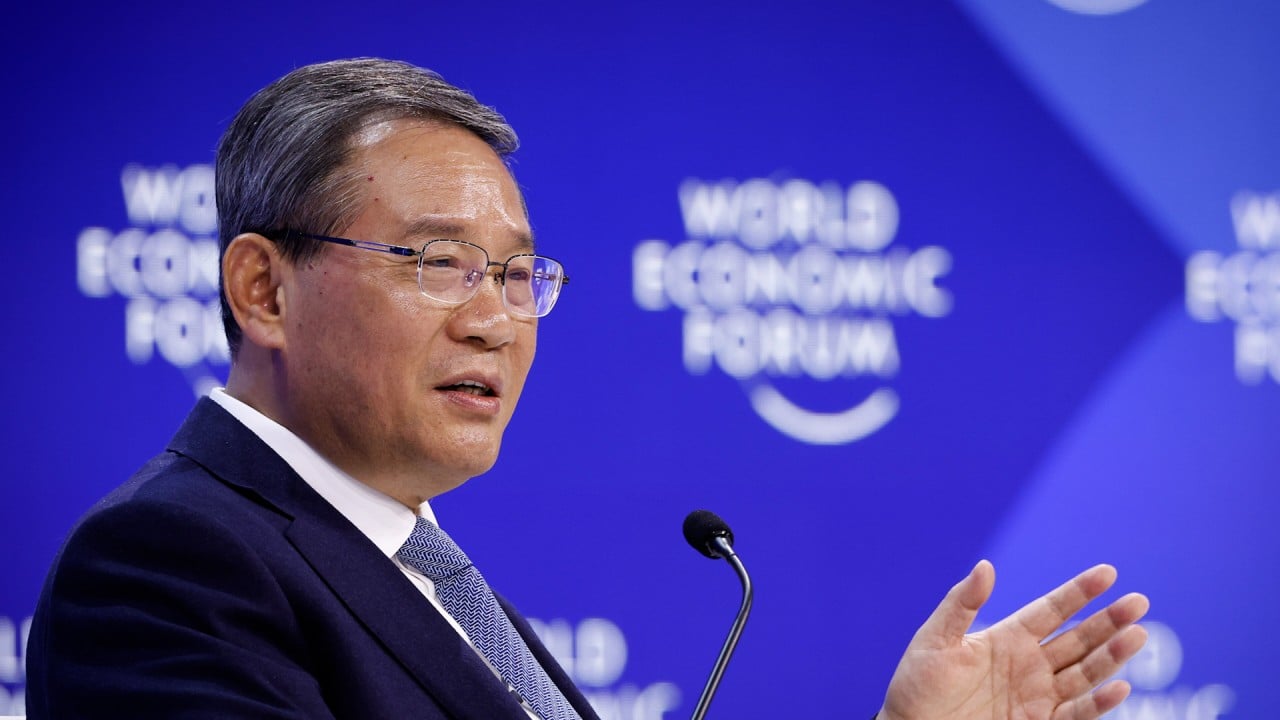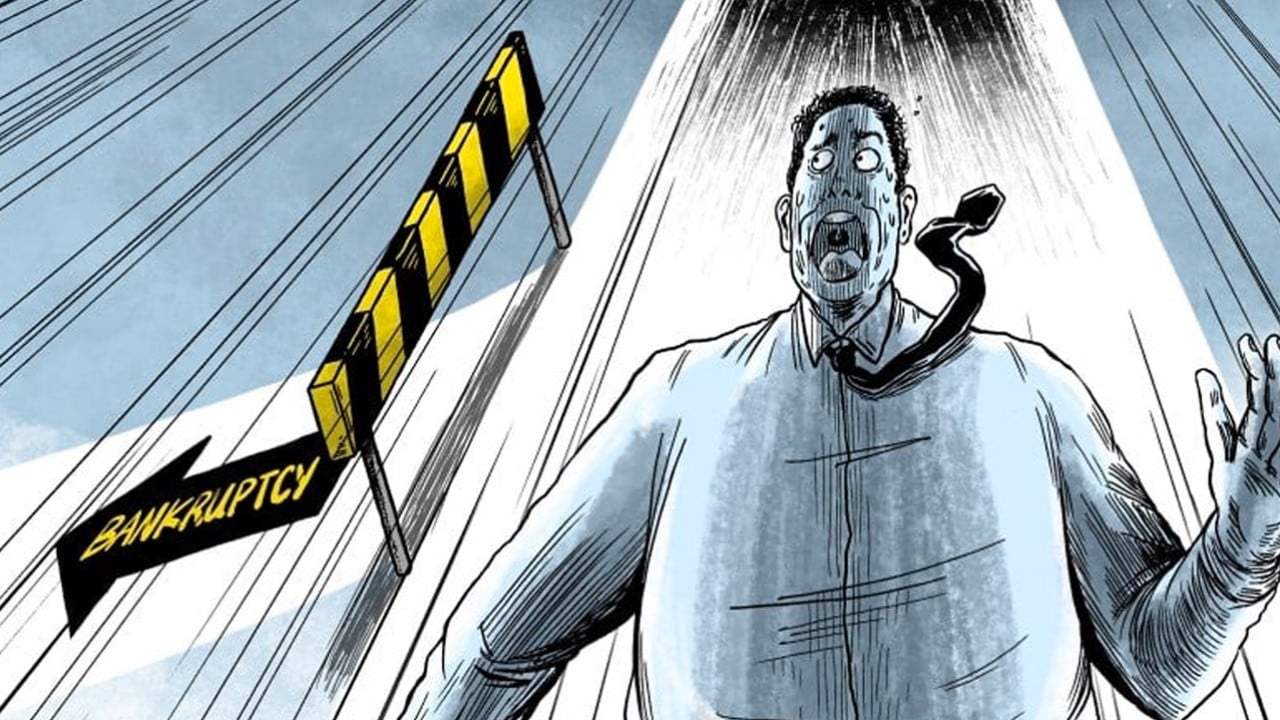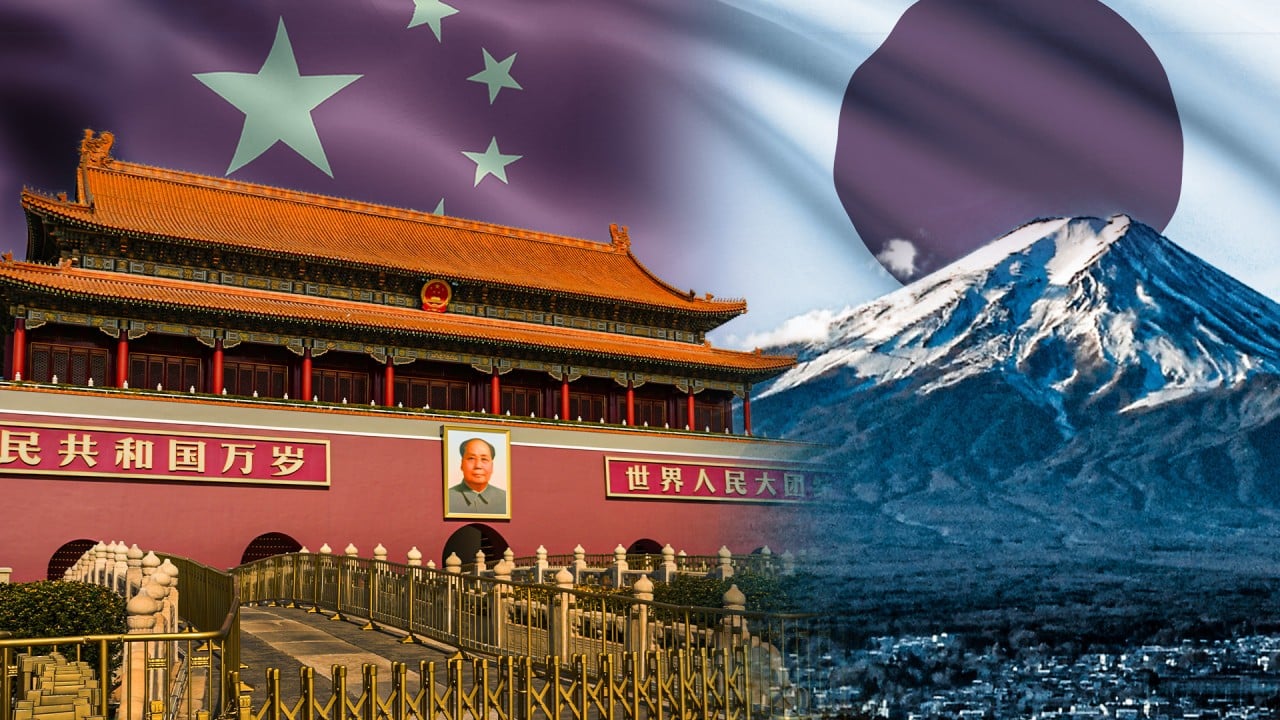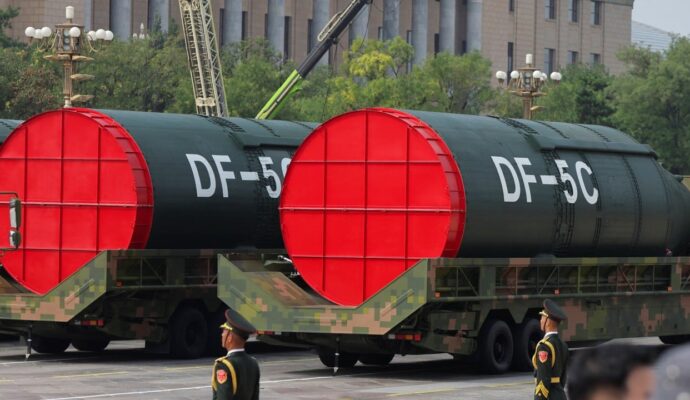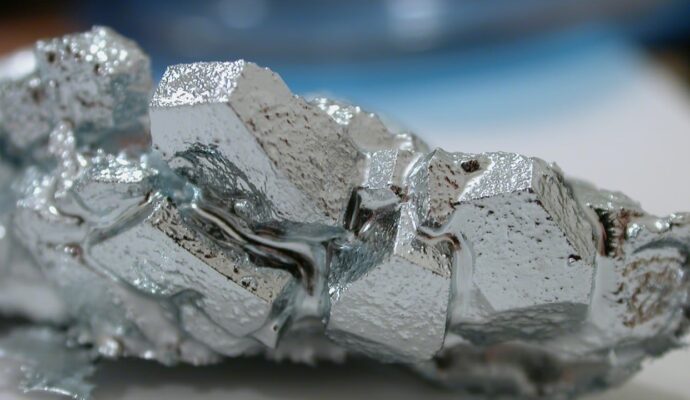China’s investments make up a big proportion of its GDP, at an estimated 42.5 per cent last year, from 33.7 per cent in 2000, and 35 per cent in 1980. For too long, infrastructure and manufacturing have been two of the biggest pots for that investment.
But while expanding public investment can help ease infrastructure bottlenecks, scaling up too fast can be inefficient. It is difficult for infrastructure investments to be absorbed as they are costs of growth more than sources of growth.
To make up for the lack of consumption, China must rely increasingly on investment, which it props up with extensive subsidies. Though official comments on the 2023 data claim there was no massive economic stimulus, that China’s debt-to-GDP ratio has risen to a record high suggests otherwise.
Japan drove growth through low interest rates and a devalued currency, which improved exports but hurt imports, and therefore consumption. Brazil drove growth with investment and subsidised it with high income taxes, which also hurt consumption. Very quickly, both ran out of investment opportunities and their economies, with minimal consumption to keep them up, collapsed.
China is edging close to these cautionary tales.
Maintaining China’s high GDP growth under the current model would require more investment growth and manufacturing, which requires more transfers of wealth from households and higher debt. In this vicious circle, already hurting households will have to hurt some more just to keep the ship afloat.
At the risk of oversimplifying a complex subject, China has an array of tools to fix its economic woes, some of which require major shifts in its policy mindset.
To reboot China’s economy, Beijing must have the confidence to let go
To reboot China’s economy, Beijing must have the confidence to let go
First, abandon its subsidy-based investment growth model by pivoting to boosting consumption’s share of GDP. This also means embracing lower GDP growth as a difficult but necessary medicine towards a more sustainable model of growth based on consumption.
Second, it will allow China to cut subsidies and misallocated investments, reversing transfers to contribute to consumption, rather than drain it.
Third, strengthen the yuan to lower the cost of imports and improve consumption. Pumping more subsidies into manufacturing will help exports but hurt consumption.
Finally, urgently improve household wealth and income. As many economists have pointed out, one way is to increase market efficiency and increase household participation in markets. This captures a range of long-term solutions already proposed, such as improving trust and transparency in markets.
But there are also some unorthodox ones, such as transferring ownership of companies to households. While many might decry this as extreme, given China’s economic woes, extreme might just be the new rational.
Anson Au, PhD, is an assistant professor of sociology in the Department of Applied Social Sciences at the Hong Kong Polytechnic University
